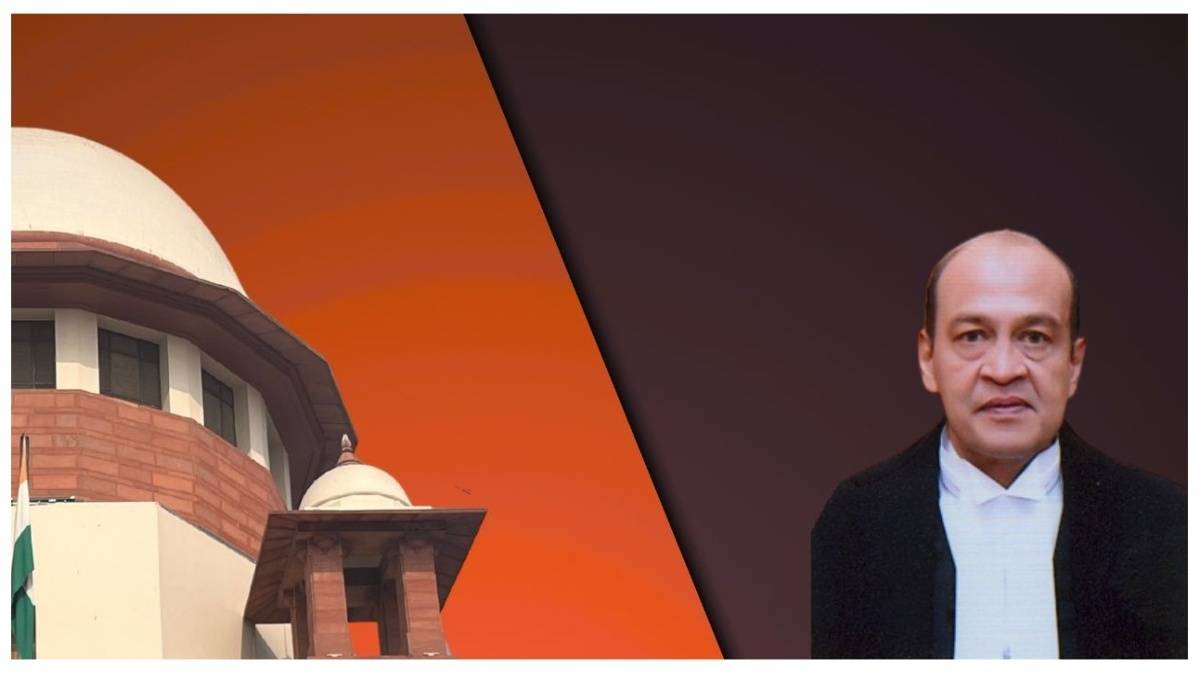New U.S. tariff policy targets patented drugs; Indian pharma sector at risk due to heavy dependence on American market
Key Highlights:
- 100% tariff on branded and patented pharmaceutical imports starts October 1, 2025
- Indian pharma exports to the U.S. stood at $8.7 billion in FY24 — 31% of total pharma exports
- Companies like Sun Pharma, Dr. Reddy’s, Aurobindo, Zydus, and Gland Pharma face potential revenue pressure
- Trump’s tariffs also extend to furniture and heavy trucks
- Indian generic drugs may face indirect impact despite not being explicitly targeted
What Did Trump Announce?
Former U.S. President Donald Trump on Thursday declared a 100% tariff on all branded and patented pharmaceutical products imported into the United States, effective October 1, 2025.
“Starting October 1st, 2025, we will be imposing a 100 per cent Tariff on any branded or patented Pharmaceutical Product, unless a company is building their pharmaceutical manufacturing plant in America,” Trump posted on Truth Social.
He clarified that “IS BUILDING” means a company must have broken ground or begun construction of a U.S.-based plant to be exempt from the tariffs.
How Will This Impact India’s Pharma Industry?
India’s pharmaceutical sector is heavily reliant on the U.S. market:
- The U.S. accounts for 31% of India’s total pharma exports
- In FY24, India exported $8.7 billion (₹77,138 crore) worth of pharmaceutical products to the U.S.
- During H1 2025, exports to the U.S. reached $3.7 billion (₹32,505 crore)
India supplies:
- Over 45% of generic drugs
- 15% of biosimilar drugs used in the U.S.
Major Indian pharma companies derive 30–50% of their global revenue from the American market.
Are Indian Generics and Speciality Drugs at Risk?
Although Trump’s announcement targets branded and patented drugs — largely dominated by multinational corporations — the ambiguity around complex generics and speciality medicines has raised concerns in India.
Many Indian pharma majors already have manufacturing plants in the U.S., potentially shielding them from the tariffs. However, smaller firms and those without U.S. facilities could face disruption.
What Could This Mean for U.S. Consumers?
The U.S. is highly dependent on low-cost Indian generics. If tariffs extend — directly or indirectly — to Indian pharma:
- Drug prices may rise
- Shortages of essential medications could occur
- Health insurance premiums could increase
- U.S. consumers may bear the cost, as Indian firms operate on thin profit margins and may pass on the additional burden
Trump’s Broader Tariff Agenda
In addition to pharmaceutical products, Trump has also announced:
- 50% tariff on kitchen cabinets and bathroom vanities
- 30% tariff on upholstered furniture
- 25% tariff on heavy trucks
He justified the moves on the grounds of “national security and other reasons”, although no formal legal rationale was provided.
India Already Facing Trade Pressure
Trump had earlier imposed:
- 50% tariffs on multiple Indian imports
- A 25% penalty on India for its continued purchase of Russian oil



